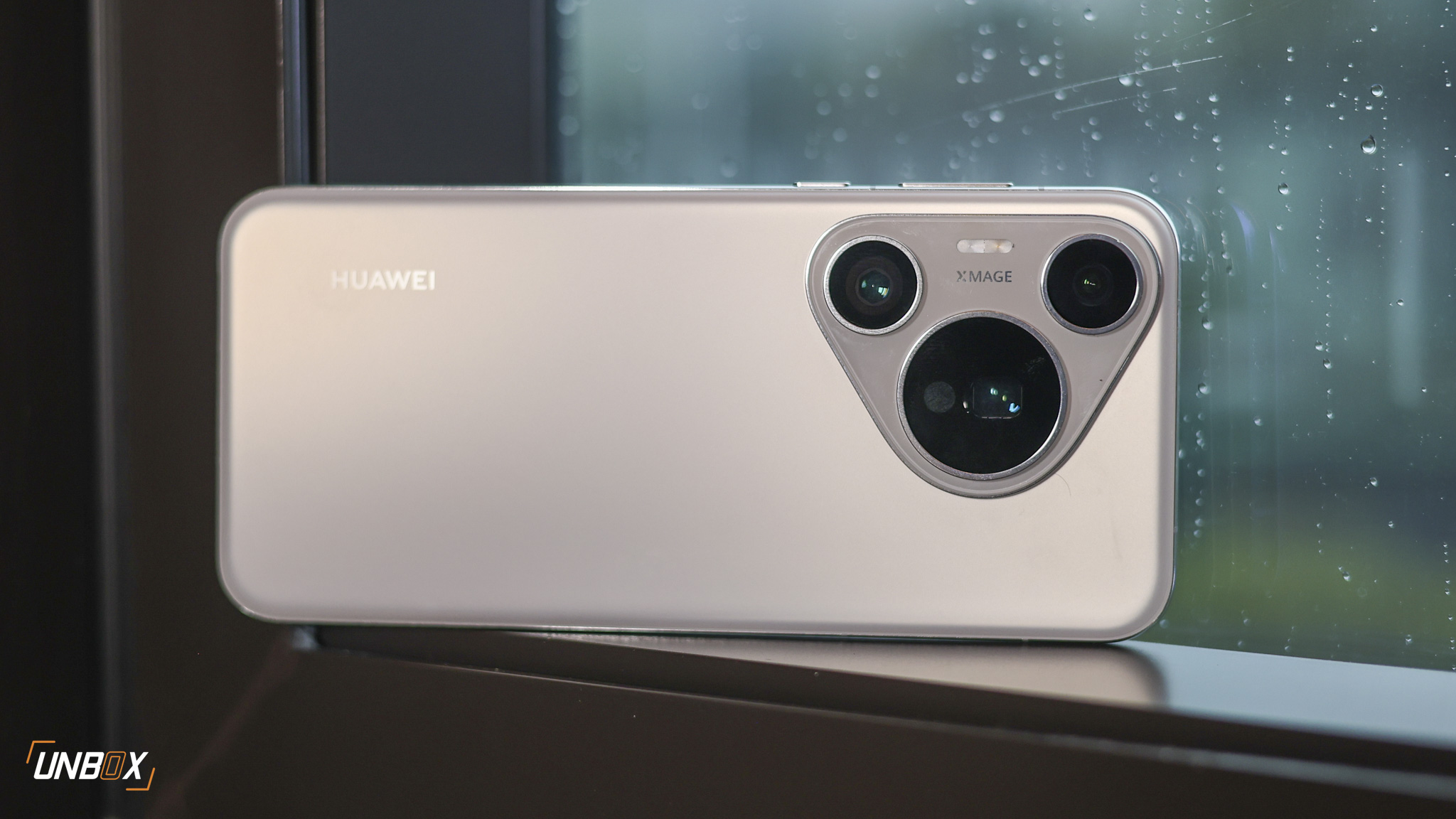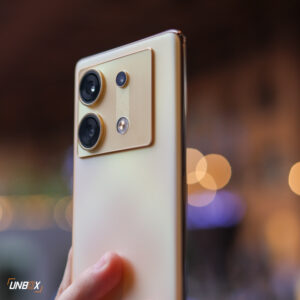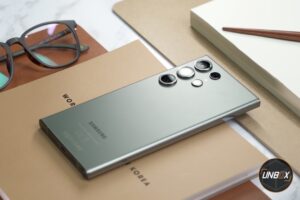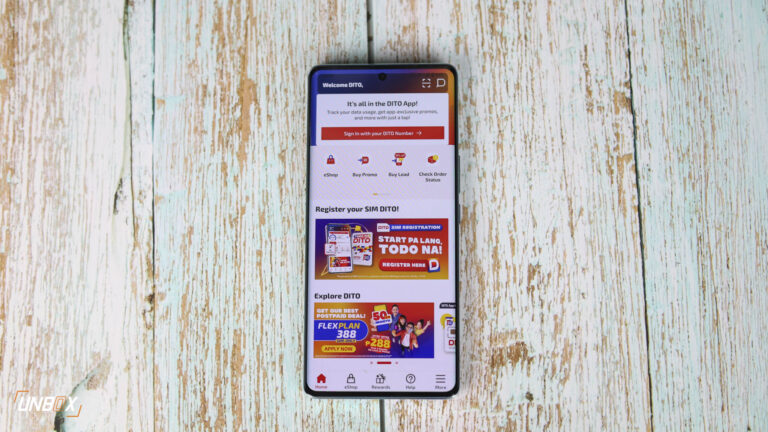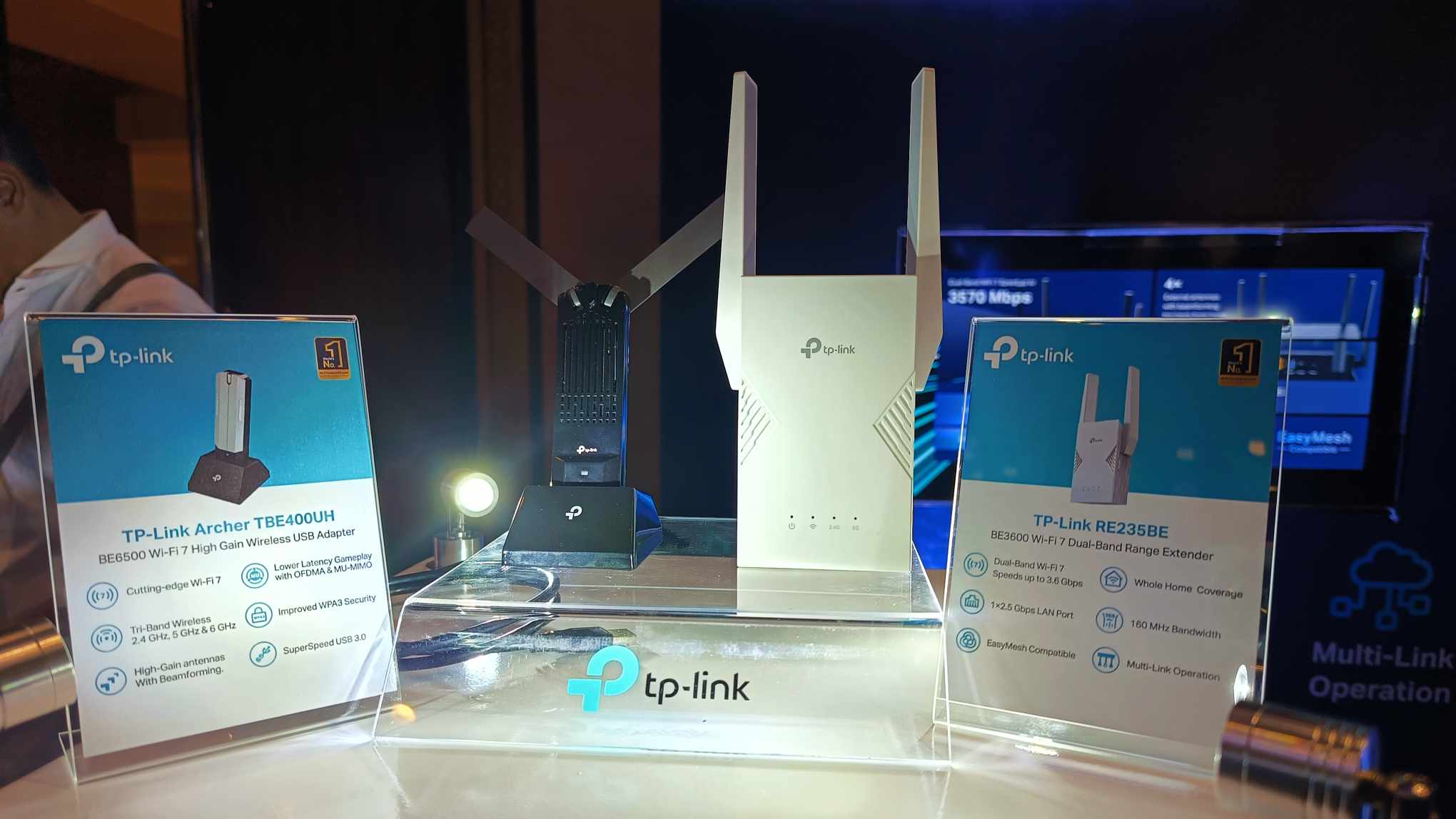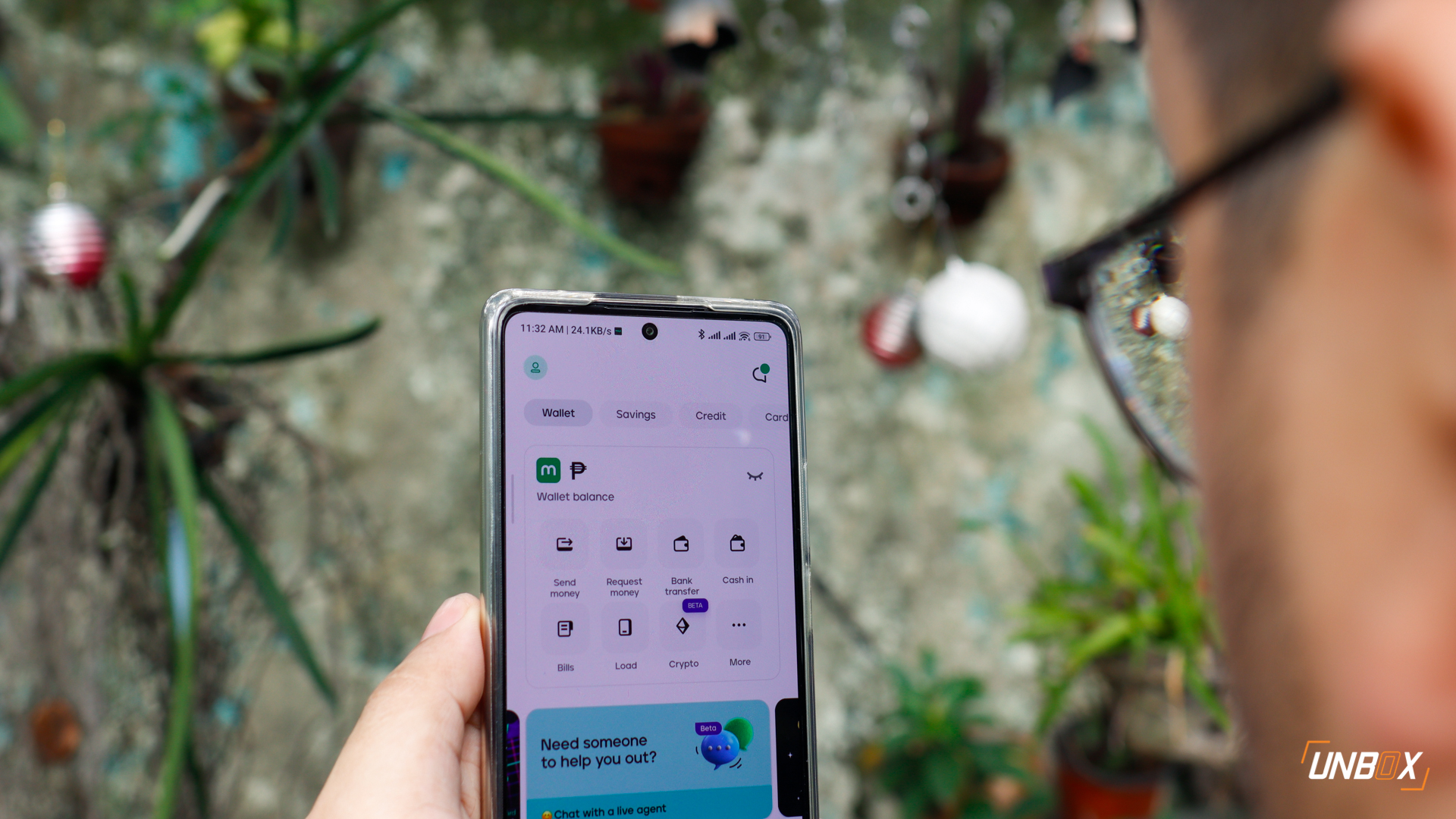
Samsung’s original Galaxy Fold was a literal marvel of engineering, but with any first-generation device, it had its share of initial teething problems. From a limited secondary display and a screen that had catastrophic design issues at the start, the phone was a great showcase of what Samsung could achieve but wasn’t what you’d call a commercial success. The Samsung Galaxy Z Fold2 addresses many of the problems of the first-generation device, which shows that Sammy really takes criticisms to heart and makes changes to address the shortcomings of its products.

The first generation phone had issues with its display, and despite Samsung reworking the panel when early reviewers found flaws in the panel, there has always been the question of durability when it came to the display.
This time around, the Galaxy Z Fold2 comes with a bigger, tougher inner screen, which comes in at 7.6-inches VS the original’s 7.3-inches. To protect fragile, foldable AMOLED panel, Samsung layered their patented ultra-thin glass which they previously used on the Galaxy Z Flip, to prevent the display from getting scratched.
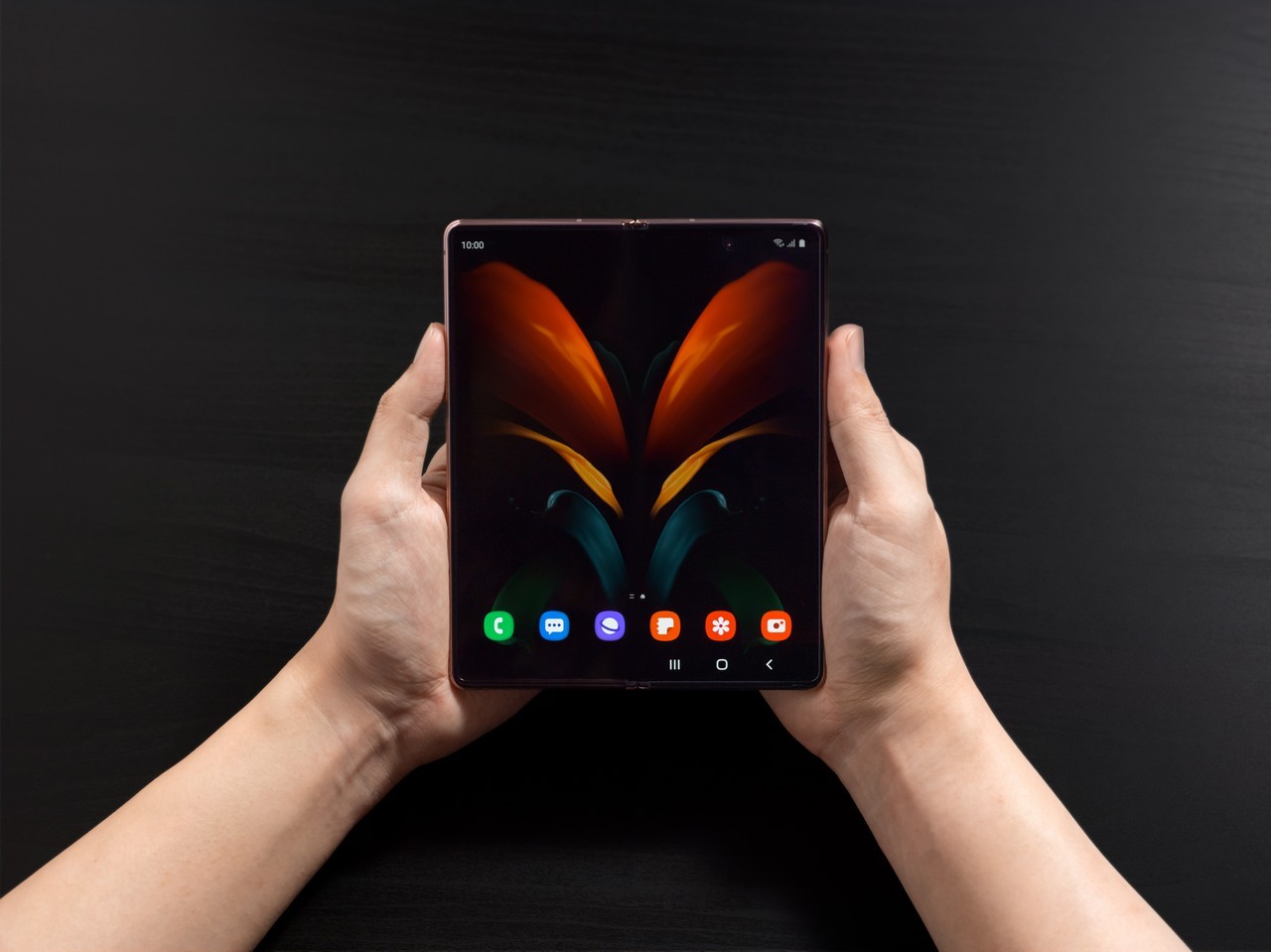
Aside from the raw increase in screen size, the bezels have been significantly reworked, with the phone having 27% smaller bezels than the previous generation. The ugly front-facing camera module has now been removed, replaced by a hole-punch notch that houses the 10-megapixel front camera.

One of our biggest issues with the original Galaxy Fold was the cover screen on the front that was hard to use because of its small, 4.6-inch size. Samsung has now increased the cover screen’s size from 4.6-inches to a whopping 6.2-inches, approximating the display size of a typical flagship smartphone. Like the inner screen, the cover screen also gets a punch-hole notch with a 10-megapixel front camera attached.
The improvements to the display aren’t just relegated to the overall size. The panel now uses QXGA+ Dynamic AMOLED 2X technology, with the cover display using an HD+ Super AMOLED panel

While most phones nowadays have fast refresh rates, the Galaxy Z Fold2 has an adaptive 120HZ panel that not only goes down to 60Hz to conserve power but also reduces refresh rates to as low as 11Hz to conserve power.
This is handy for when you’re simply using the phone to read e-Books and websites that don’t require the extra juice of a higher refresh rate.
Despite all the improvements, Samsung has found a way to make the Galaxy Z Fold2 thinner, reducing the thickest portion of the phone where the hinge for the device rests to just 16.8mm from 17.1mm, with the thinnest part of the phone coming in at just 13.8mm from 15.7mm on the original. Make no mistake, it’s still a pretty chunky phone, but the reduction in overall thickness makes it easier to pocket and use.

The hinge has been improved as well, and can now stand on its own from 75 to 115 degrees, which is a feature taken straight from the Galaxy Z Flip. The hinge also uses a sweeper system that keeps dirt out of the cam mechanism which was first seen on the Galaxy Z Flip.
The Galaxy Z Fold2’s triple camera array on the rear uses a 12-megapixel ultra-wide camera with an f/2,2 aperture, a wide 12-megapixel sensor with a Super Speed Dual Pixel AF, OIS and a large f/1.8 aperture, as well as a 12-megapixel f/2.4 telephoto lens.

Being able to transition and tailor UI experiences to the unique form factor of foldable phones has become one of the main pain points for manufacturers of these devices, but Samsung has done a good job in tweaking the software and UI to allow users to get the most out of the shape-shifting nature of the device.
Aside from being able to multi-task like a boss, the new Flex Mode feature gives users additional controls depending on what you’re using when it detects that the phone is half folded.

If you’re watching YouTube videos, for example, you’ll see recommended videos on the bottom half of the display, while the top half contains your video.
The Flex Mode enhancements don’t stop there – taking photos with the display half opened, you’ll instantly see the results of your shots with the filter of your choice applied, just like on the Galaxy Z Flip.

What’s really game-changing for vloggers though, is the auto-framing feature of the Galaxy Z Fold2. Using machine learning and AI, the phone tracks your movement and frames you accordingly without human intervention.

Like Samsung’s other foldable, the Galaxy Z Fold2 can run multiple apps at a time, and you’re now able to drag and drop content directly to say, a PowerPoint app that you’ve been working on from the Gallery view on one side of the screen to the PowerPoint or Word document on the other side.
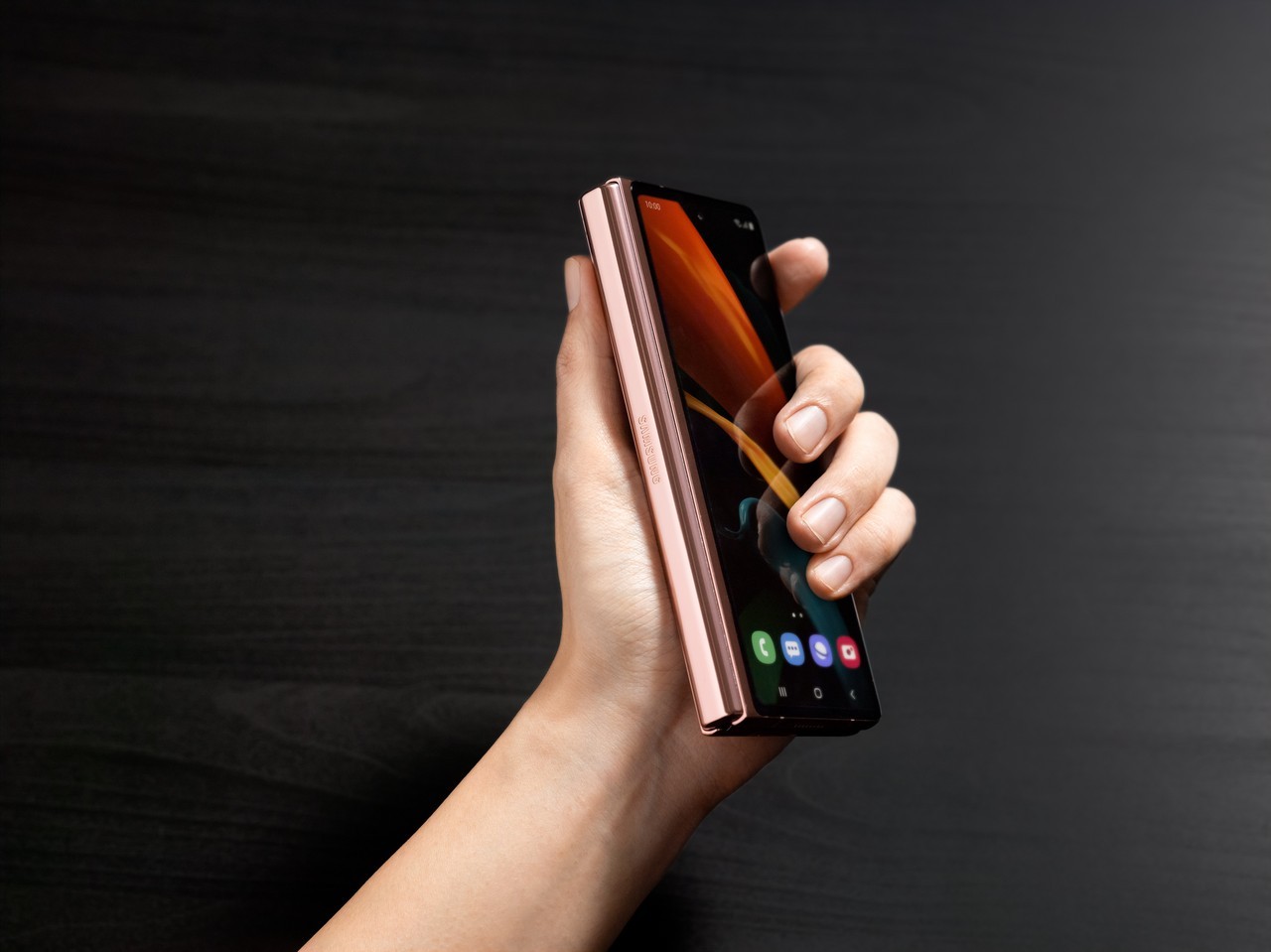
Powering the phone is Qualcomm’s Snapdragon 865 processor, along with a whopping 12GB of RAM and 256GB of UFS 3.1 storage. The phone is 5G-enabled, and like most of Samsung’s devices, has Wireless charging enabled as well. Like the original Galaxy Fold, the Galaxy Z Fold2 uses two batteries working in tandem to deliver 4,500mAh of juice.

There’s no local pricing for the Galaxy Z Fold2 as of yet – we’ll update this post as soon as we get the word.








